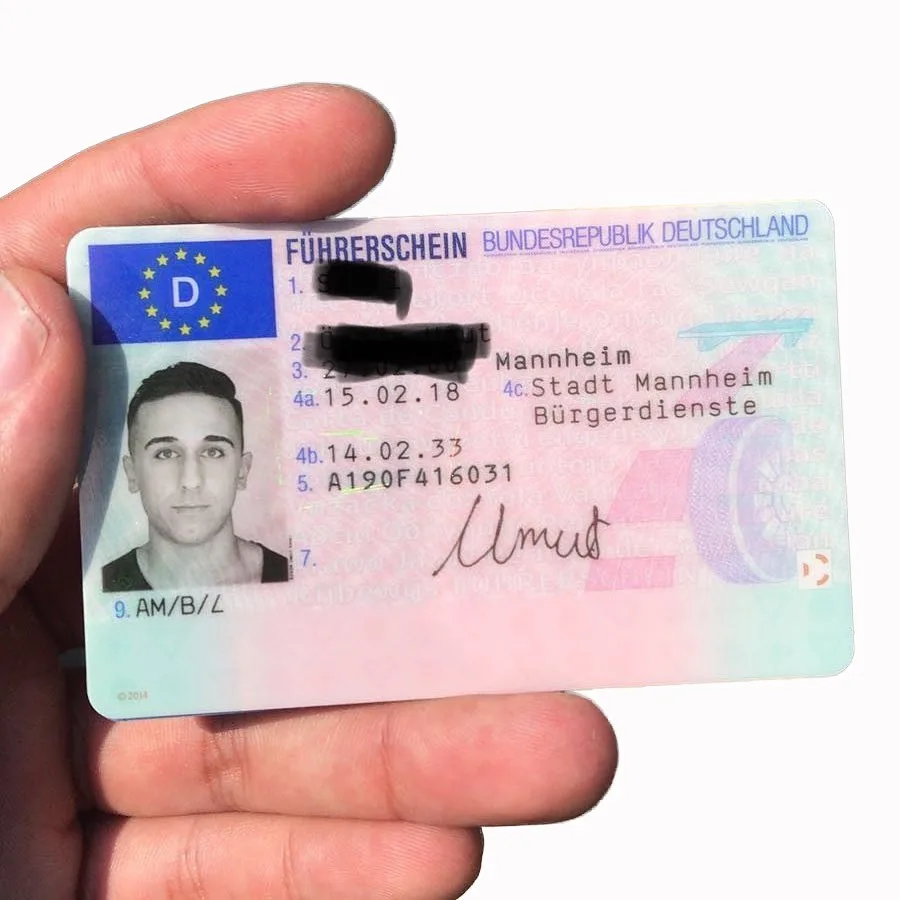A Complete Guide to Obtaining a Driving License Legally
Driving is an important skill that opens up a world of opportunities and independence. Whether for commuting to work, running errands, or starting roadway journeys, having a valid driving license is crucial. Nevertheless, the process of obtaining one can be daunting, specifically for newbie chauffeurs. In this guide, we will walk you through the necessary actions to legally obtain a driving license, guaranteeing you abide by the guidelines and guidelines of your regional jurisdiction.
1. Understand the Licensing Requirements
Before you start the procedure, it is important to familiarize yourself with the licensing requirements in your state or country, as these can differ considerably. Normally, the basic requirements consist of:
Age: Most places need you to be a minimum of 16 or 18 years of ages to make an application for a learner's license or a full driving license.
Identification: You will need to offer legitimate recognition, such as a birth certificate or passport.
Residency: Proof of residency in the state or nation where you are applying is typically required.
Health and Vision Tests: Some jurisdictions require a health or vision test to guarantee you are fit to drive.
2. Obtain a Learner's Permit

For first-time drivers, the initial step in the licensing procedure is typically getting a student's license. This permits you to practice driving under particular constraints, generally with a licensed adult in the car. Here's how to get one:
Complete an Application: Fill out the needed forms either online or at a regional Department of Motor Vehicles (DMV) or comparable authority.
Pass the Knowledge Test: Most jurisdictions require you to take a composed exam on traffic laws, roadway signs, and safe driving practices.
Pay the Fee: A fee is normally needed for processing your application and releasing the student's license.
Receive Your Permit: Once you've fulfilled all requirements, you'll get your learner's authorization, allowing you to begin practicing.
3. Practice Driving
With your student's permit in hand, it's time to practice driving. Here are some ideas for taking advantage of this time:
Supervised Driving: Always drive with a qualified adult who holds a valid driving license. Their guidance will be invaluable.
Log Your Hours: Many jurisdictions require a minimum variety of driving hours with a learner's license. Keeping a log can assist you track your development.
Discover Defensive Driving: Focus on establishing protective driving abilities, acknowledging road dangers, and ensuring driving decisions.
4. b197 führerschein erfahrung (if needed).
Some states or countries need brand-new chauffeurs, particularly those under 18, to complete a driver education course. This might involve:.
Classroom Instruction: Learning about road rules, traffic indications, driving security, and lorry operations.
Behind-the-Wheel Training: Gaining experience driving with an instructor who can offer feedback on your skills.
5. Take the Road Test.
After you've practiced sufficiently and completed any needed driver education:.
Arrange a Road Test: Contact your regional DMV or licensing authority to schedule the driving test.
Prepare Your Vehicle: You'll need to offer a safe, working car for the test. führerschein ohne stress meets all security requirements.
Get here on Time: Get to the testing website early, with your learner's authorization and any needed documents.
Pass the Road Test: During the test, an examiner will assess your driving abilities. Concentrate on following traffic laws, utilizing turn signals, and performing maneuvers safely.
6. Get Your Full Driving License.
Once you pass the road test, you're an action more detailed to having your complete driving license:.
Pay the License Fee: A cost is typically needed to release your full license.
Send Documentation: Provide any needed documentation, like proof of residency and identification.
Receive Your License: After processing, you'll either get your license instantly or it will be sent by mail to you.
7. Stay Informed and Safe.
Getting your driving license is just the start. Here are some final pointers for responsible driving:.
Know the Rules: Stay upgraded on regional traffic laws and policies.
Practice Defensive Driving: Always remain alert and prepared for unexpected scenarios on the road.
Prevent Distractions: Keep your focus on driving, staying away from distractions such as cellphones or loud music.
Renew When Necessary: Be conscious of your license's expiration date and restore it in a timely manner.
Conclusion.
Obtaining a driving license legally requires understanding the process, satisfying needed requirements, and practicing safe driving practices. By following these steps, you can browse the path to ending up being a certified driver with self-confidence and responsibility. Keep in mind, driving is not simply an opportunity; it's a duty that needs continuous dedication to security and awareness on the road. Drive securely!
